Originating way back in time during the Middle Ages the cartoon form of illustration first began as a preparatory drawing for a piece of art, such a painting, fresco or tapestry. Typically drawn in a non-realistic, semi realistic style, a cartoon is a type of illustration which came into common collective consciousness through its appearances accompanying satirical articles in ‘Punch’ magazine post 1843. Initially, the typical use for cartoons was to accurately link the components of the composition of a fresco when painted on damp plaster over a series of days.
Cartoons can be broadly divided into two categories: gag cartoons and editorial cartoons. The former is the type one can find in magazines, and generally consists of a single drawing with a typeset condition position beneath or as a speech balloon. Peter Arno of the ‘New Yorker’ is widely regarded as the father of the gag cartoon. Editorial cartoons on the other hand are found almost exclusively in news related publications and websites characterized by a more serious tone, commonly using irony and satire to portray humour. These cartoons usually act as a visual metaphor to illustrate a point of view on current socio-political issues.
The singular biggest breakthrough came in the world of cartoons with the advent of moving animation. As soon as motion pictures started to incorporate animation into its overwhelming sphere, cartoons emerged as a separate art form in itself essentially due to its exponentially increased public demand. With this inseparable bond to the world of animation, the word ‘cartoons’ came to describe the same, colloquially. Language is constantly evolving as well, and soon enough, the word ‘cartoons’ changed its definition slightly to specifically refer to television shows aimed at children, possibly featuring anthropomorphized animals, superheroes and the adventures of child protagonists.
In the 1980s, the word ‘cartoon’ was shortened to the easier ‘toon’, referring to characters in animated productions. In this forthcoming list, I have tried to single out 30 such best ‘toons’ in television history. Before you start reading, it’s imperative for me to inform you that this list is heavy on the Cartoon Network broadcasts of the late 90s, and early 2000s. With that said, here’s the list of top cartoon series ever made. You can watch several of these cartoon cartoon characters on Netflix, Hulu or Amazon Prime.
30. Samurai Jack – Samurai Jack (2001 – 2004)
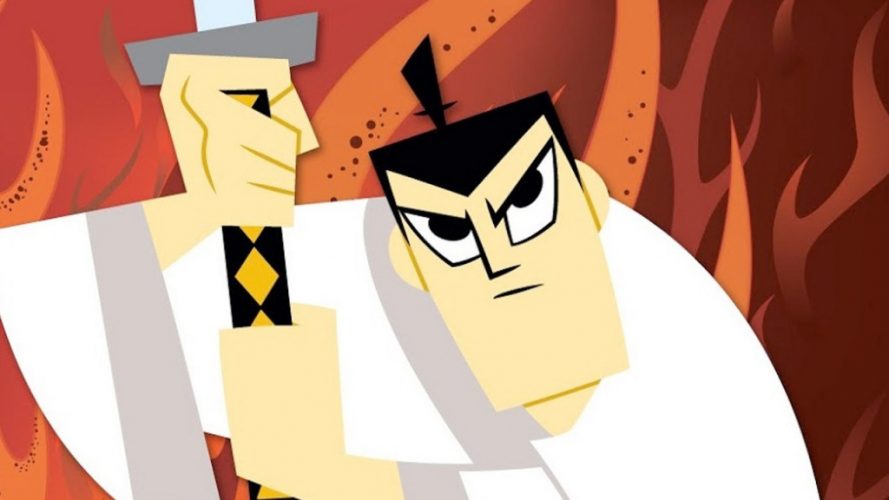
Created by none other than the genius and consequential mass influencer, Genndy Tartakovsky, Samurai Jack is a Japanese Samurai, sent into a dystopian future by the tyrannical, ultimate, evil being Aku. Jack, who is brought to the future with only a sword, a robe and sandals, quests to travel back in time and defeat Aku before he can take over the world. Samurai Jack served as the introduction for millions of kids (including myself) around the globe to the concept of the Japanese Samurai. With a total of 62 episodes, the first four seasons of the animated series aired on ‘Cartoon Network’ from 2001-2004.
29. Bunny Bravo a.k.a. Mama – Johnny Bravo (1997 – 2004)
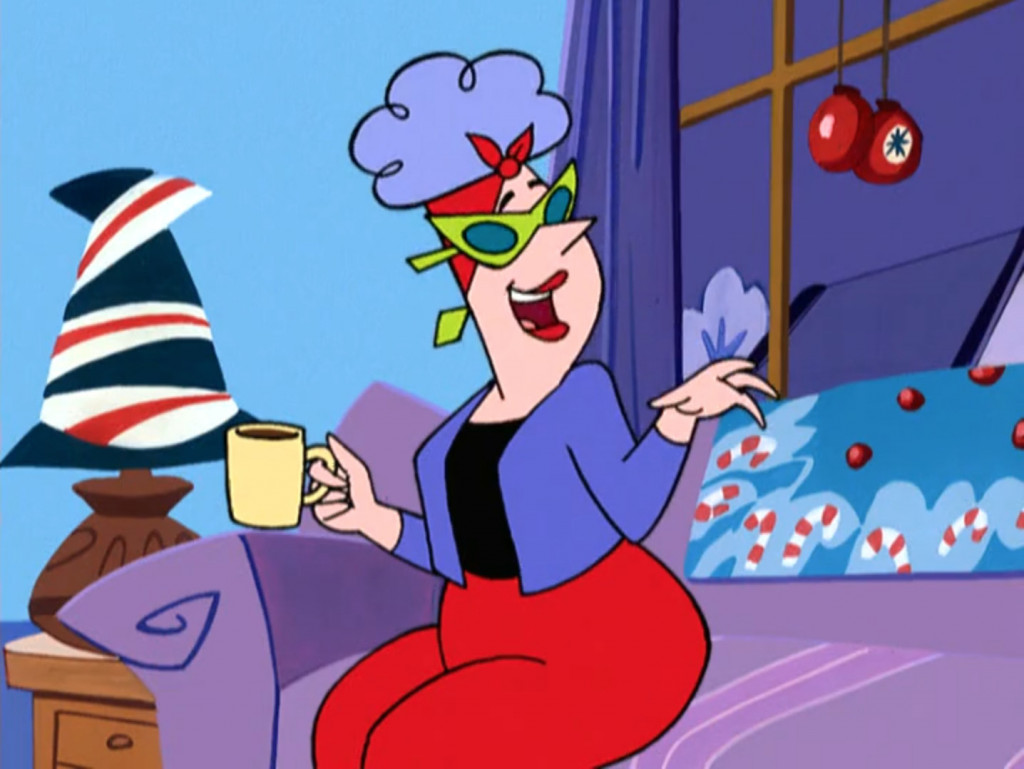
Bunny Bravo appeared in the Cartoon Network animated series ‘Johnny Bravo’ and was the titular character’s mother. Her extroverted, loud behaviour combined with the dedicated, nourishing nature of a mother made her a well rounded, lively character. Presently, a single mother, she has had a lively past, and sometimes reveals a surprising hidden talent in the course of the show. Like all mothers, Bunny hopes that her womanizing, dim-witted son eventually finds the love of his life, and knows better than taking his trivial, daily problems seriously. She is a fan of the soap opera ‘The Young and the Freckless'(an obvious reference to ‘The Young and the Restless) and is friends with Little Suzy. Bunny Bravo is an underrated character who serves as a wholesome modern representation of the American single mother, while simultaneously remaining relatable to children-audiences the world over.
28. Dee-Dee – Dexter’s Laboratory (1996 – 2003)

Another Genddy Tartakovsky creation, ‘Dee-Dee’, from the Cartoon Network animated series ‘Dexter’s Laboratory’, is the elder sister of the titular character Dexter, and the secondary protagonist of the show. An animated representation of the typical, bullying, irritating elder sister, Dee-Dee is often seen destroying or ruining Dexter’s lab in various ways. The daily events surrounding Dee Dee’s life mainly revolve around her relationship with her brother, and everything that happens between the two. Dee-Dee’s representation as a simple minded, hyper-active elder sister doesn’t take away from the fact that she actually cares deeply about her brother. The damage done by her to the laboratory is a product of ignorant curiosity and not malicious intent.
27. Velma Dinkley – Scooby Doo (1969 – Present )
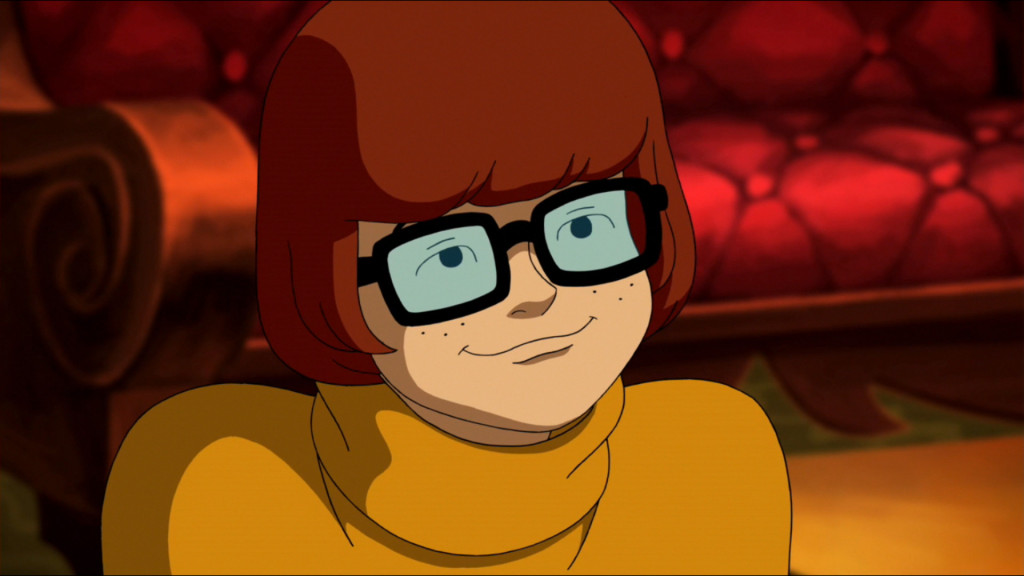
‘Scooby Doo’ is one of the longest running American animated franchises, comprising numerous animated television series produced from 1969 to the present day. Velma Dinkley is the brains of the mystery solving group comprising Daphne, Fred, Shaggy and Scooby. Portrayed as a highly intelligent woman, with specific interests in science, Velma is a fantastic influence on children (especially female) viewers. A running gag in the ‘Scooby Doo’ franchise, is Velma’s nearsightedness and her trouble with keeping her glasses on her face.
26. Professor Utonium – The Powerpuff Girls (1998 – 2005)
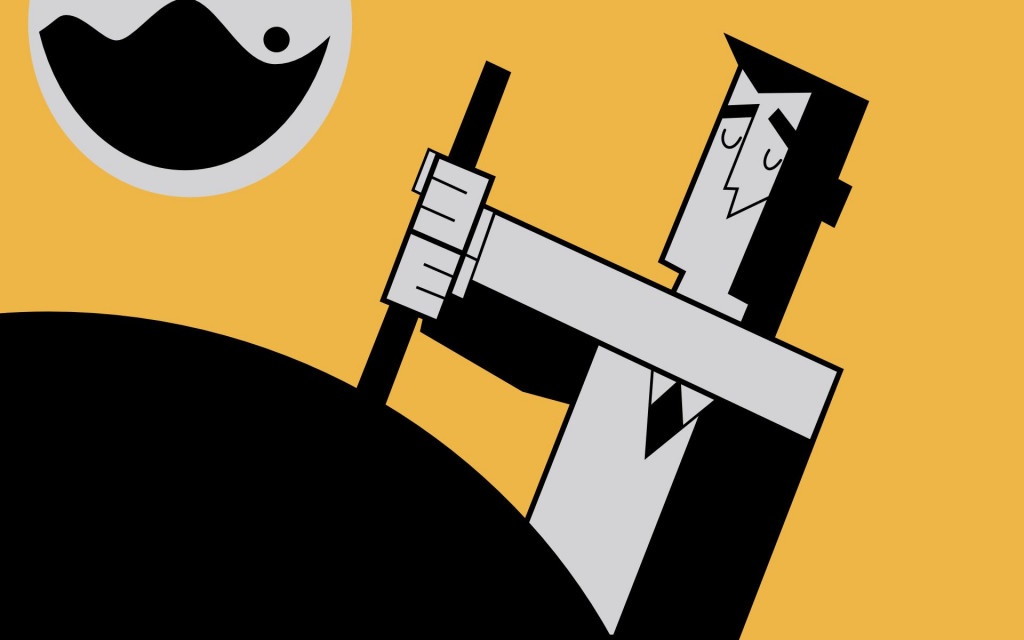
‘Professor Utonium’ is the scientist responsible for the creation of ‘The Powerpuff Girls’, and is the male lead of the franchise. According to his past, as mentioned in the episode featuring Mojo Jojo’s childhood, named ‘Get Back Jojo’, Utonium started out as terrible brat with no inclination towards academics. However, after three girls from the future rescues him from Mojo Jojo, he becomes obsessed with science, eventually resulting in him being a scientist. Professor Utonium is the representation of the very well known character of the over-protective dad. While he is sometimes portrayed as rather skittish, he can be firm with the girls when he needs to be.
25. Pepe’ Le Pew – Looney Tunes (1930 – 1969)
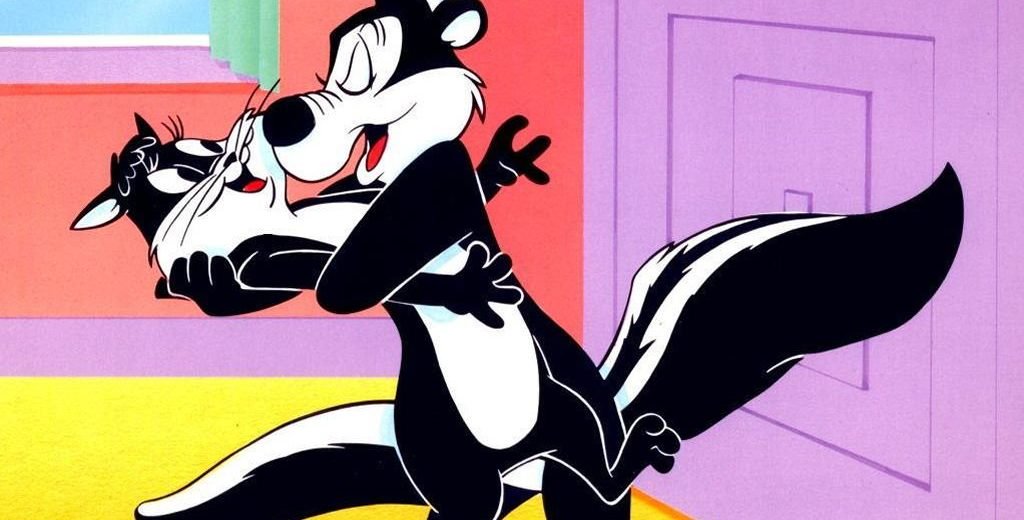
Initially voiced by the legendary Mel Blanc, Pepe’ Le Peu is a French striped skunk who appeared first in ‘Looney Tunes’ in 1945. The character is hilarious and has been the cause of some of the heartiest laughs in my lifetime. In spite of Pepe’s seamless French charm and aristocratic demeanour, his offensive skunk odour and aggressive pursuit of romance typically causes other characters to flee resulting in belly-aching laughter. Setting of the character is always a mis-en-scene echoing with fractured French and may include Paris in the springtime, the Matterhorn, or the little village of N’est-ce Pas in the French Alps.
24. Ash’s Pikachu – Pokemon (1997 – Present)
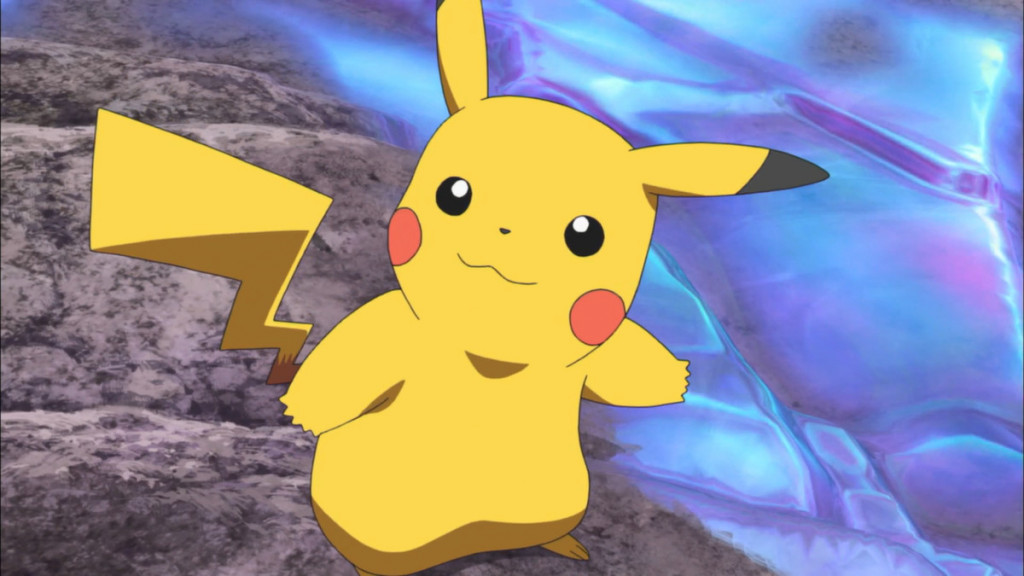
Ash’s Pikachu is the signature pokemon or ‘pocket monster’ of the Pokemon anime, and the first Pokemon that Ash obtained on his journey as a Pokemon trainer. As the ‘Pokemon’ franchise grew big, so did its unofficial mascot Pikachu. Today, Pikachu is one of the most easily recognizable anime characters worldwide, accounting for sales exceeding several million dollars. Ash’s Pikachu served as the representation of the perfect pet for children audiences worldwide.
23. Bamm-Bamm Rubble – The Flintstones (1960 – 1966)
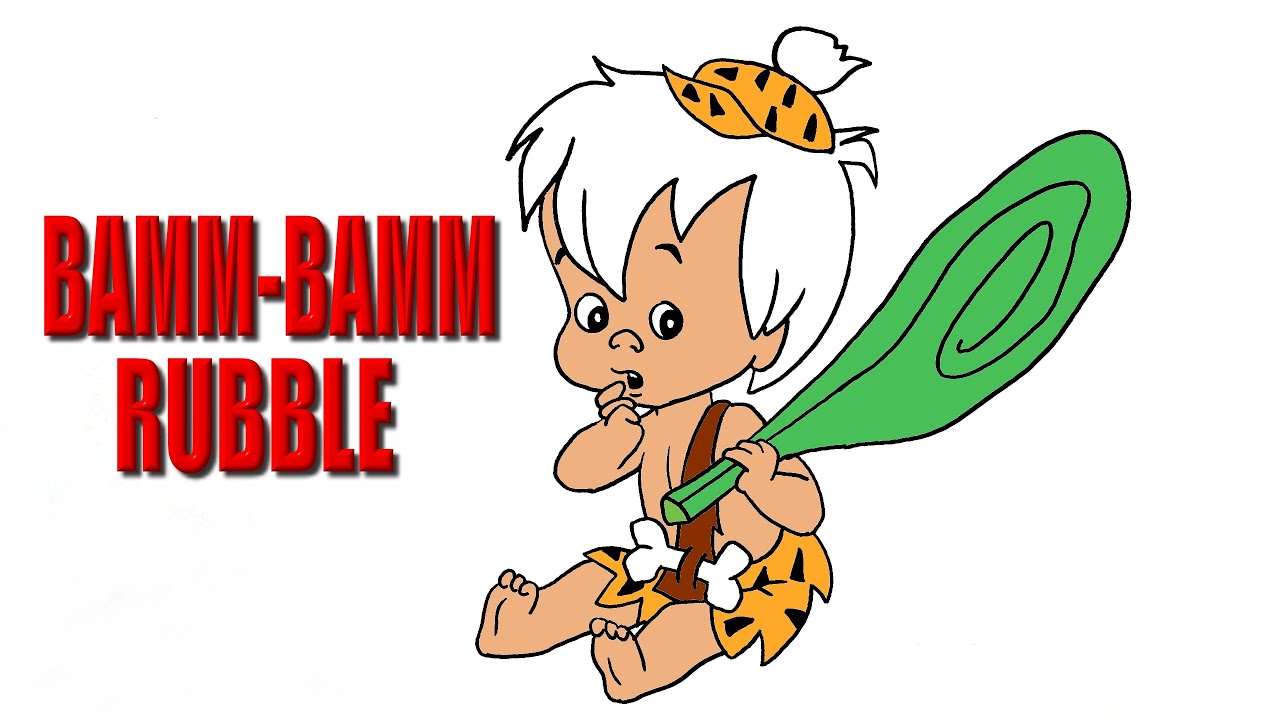
Adopted by Barney and Betty Rubble after they found him at their doorstep, Bamm-Bamm Rubble is most famous in his infantile form and is shown to have strength far exceeding his young age. His use of the same often gets misdirected resulting in a constant source of humour on the show. His nickname comes from a note left in the basket in which he was initially found. Later versions of ‘The Flintstones’ has apparently shown him as a teenager and an adult, but that has nothing to do with his initial characterization, which is being written about in this article.
22. Charlie Brown – Peanuts (1950)
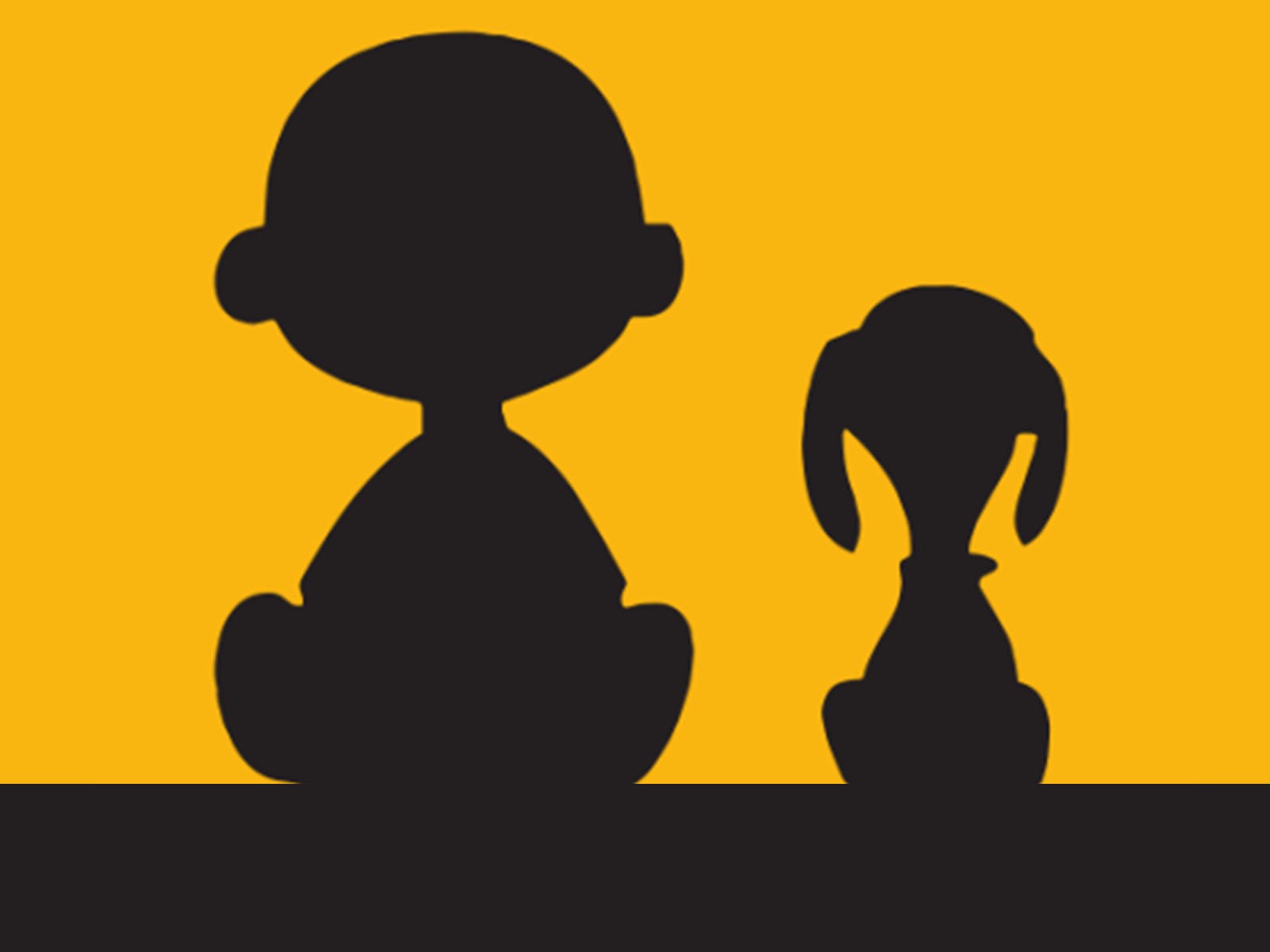
Created by Charles. M. Schulz, Charlie Brown is the lead character of the comic strip ‘Peanuts’, syndicated in daily and Sunday newspapers in numerous countries all over the world. Depicted as a ‘lovable loser’, Charlie Brown is one of the greatest American archetypes, and a popular and widely recognized cartoon character. Usually nervous, and lacking self confidence, Charlie Brown is someone who frequently suffers but never loses hope. Schulz while talking about his character said, ”(Brown) must be the who suffers because he is the caricature of the average person. Most of us are more acquainted with losing than winning”. Titled ‘A Charlie Brown Christmas’, the first adaptation of ‘Peanuts’ for the television premiered on the ‘CBS’ network on December 9,1965, with an estimated 15,490,000 homes viewing it, resulting in its massive success.
21. Shaggy Rogers – Scooby Doo (1969 – Present)
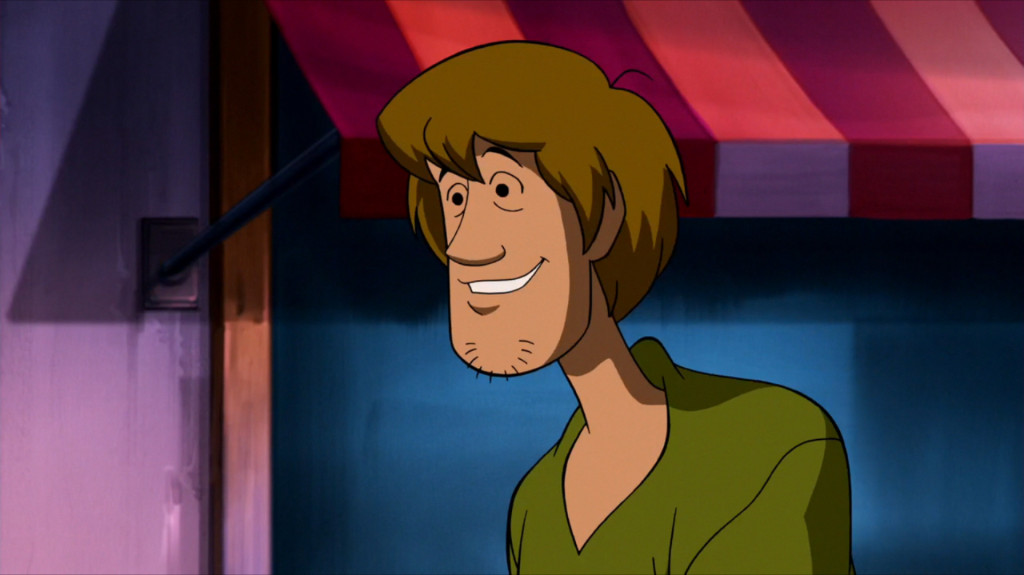
The second inclusion on the list from the ‘Scooby Doo’ franchise, Norville ‘Shaggy’ Rogers is a cowardly slacker and the long time best friend of his equally cowardly, eponymous Great Dane, Scooby Doo. Shaggy has a characteristic speech pattern, marked by his frequent use of the filler word ‘like’ and when startled, his exclamation ‘Zoinks!’. His shaggy hair, and unkempt goatee is the source of his nickname, and has often been interpreted as a marijuana smoker by fandom culture due to his said appearance and constant hunger.
20. Sylvester J. Pussycat Sr. – Looney Tunes (1930 – 1969)
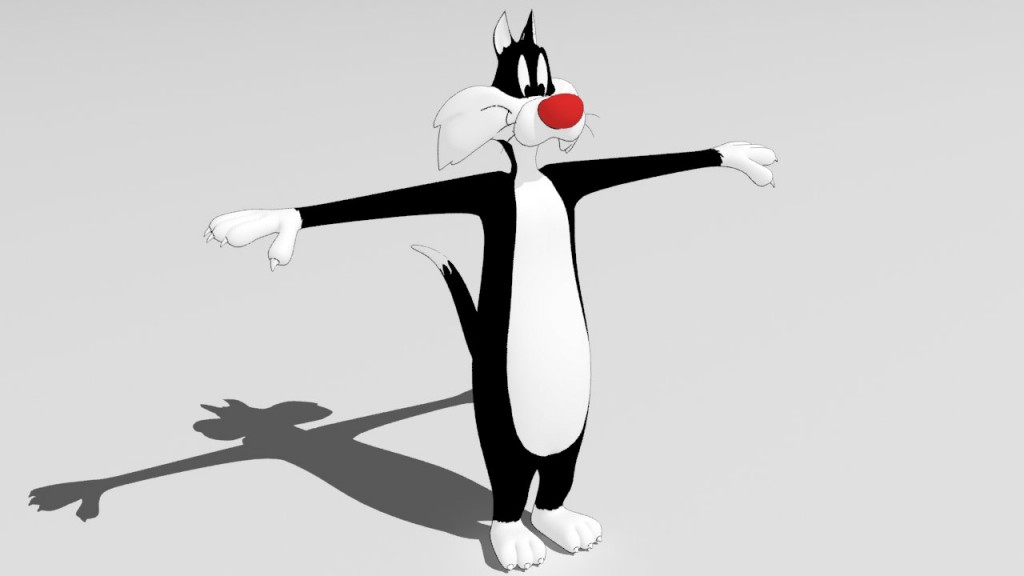
Sylvester is a three time Academy Award Winning anthropomorphic Tuxedo cat in the ‘Looney Tunes’. Most of his appearances on the show sees him chasing Tweety Bird, Speedy Gonzales, or Hippety Hopper. Three of his cartoons won the Academy Award, most for any ‘Looney Tunes’ character. Sylvester shows a lot of pride in himself and is extremely persistent in his efforts. Originally voiced by the iconic Mel Blanc, Sylvester’s traditional catchphrase exclamation is ‘Sufferin’ succotash’, which is said to be a minced oath of ‘Suffering Savior’.
19. George Jetson – The Jetsons (1962 – 1963)
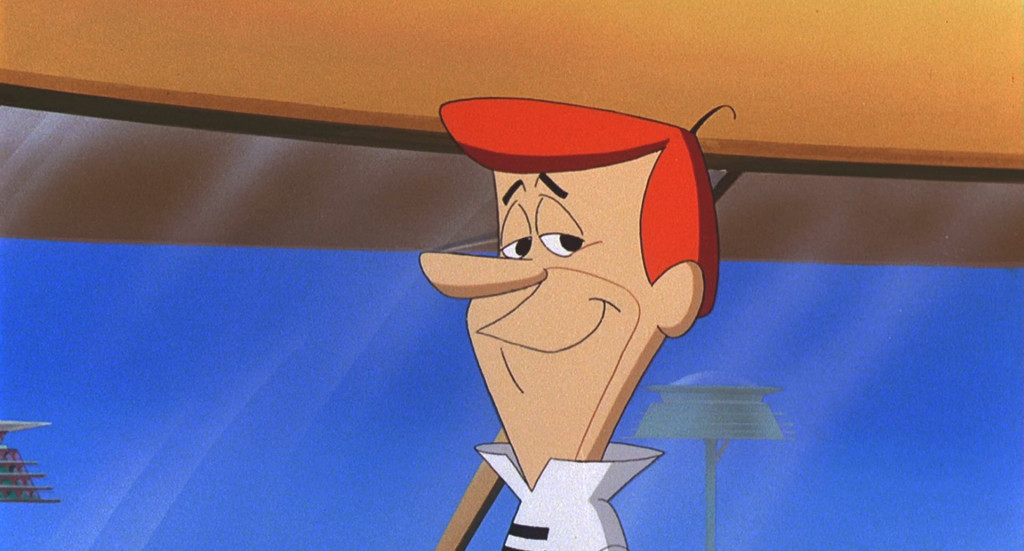
‘The Jetsons’ is an American animated sitcom produced by Hanna-Barbera as its space-age counterpart to ‘The Flintstones’. George Jetson, aged 40, is the main character and protagonist of the series. Portrayed as a loving family man who always seems to make the wrong decisions, the character can be seen as a representation of the family head in the contemporary patriarchal set-up of American families. He works at Spaceley’s Skyrockets and is married to Jane with two children, Judy and Elroy.
18. Fred Flintstone – The Flintstones (1960 – 1966)
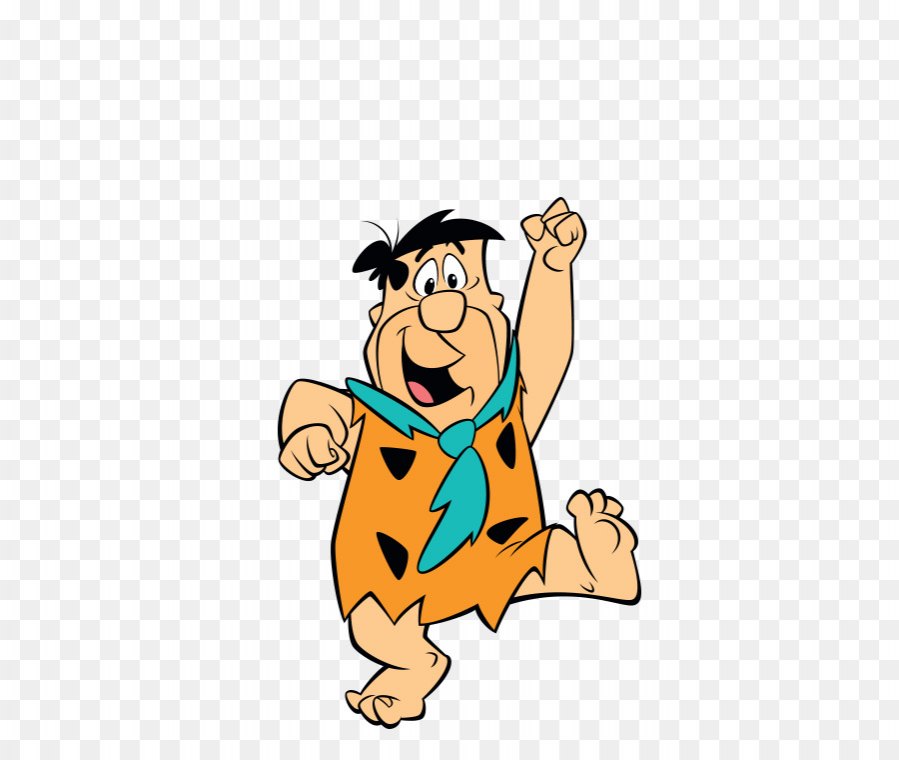
I have consciously chosen Fred Flintstone as the follow up to George Jetson because that’s how Hanna Barbera meant it to be. Also, these two shows were aired back to back on ‘Cartoon Network’ during my infantile years and has together formed an integral memory from my childhood. Fred Flintsone is the sitcom’s main character. He is married to Wilma Fintstone, with a daughter named Pebbles. Living in the prehistoric town of ‘Bedrock’, in a world where dinosaurs coexist with humans, Fred is the Flintstone family head and a typical blue collar worker. He has a trademark catchphrase “yabba dabba doo!”, a phrase that was originally his club’s cheer.
17. Vegeta – Dragon Ball Z (1989 – 1996)
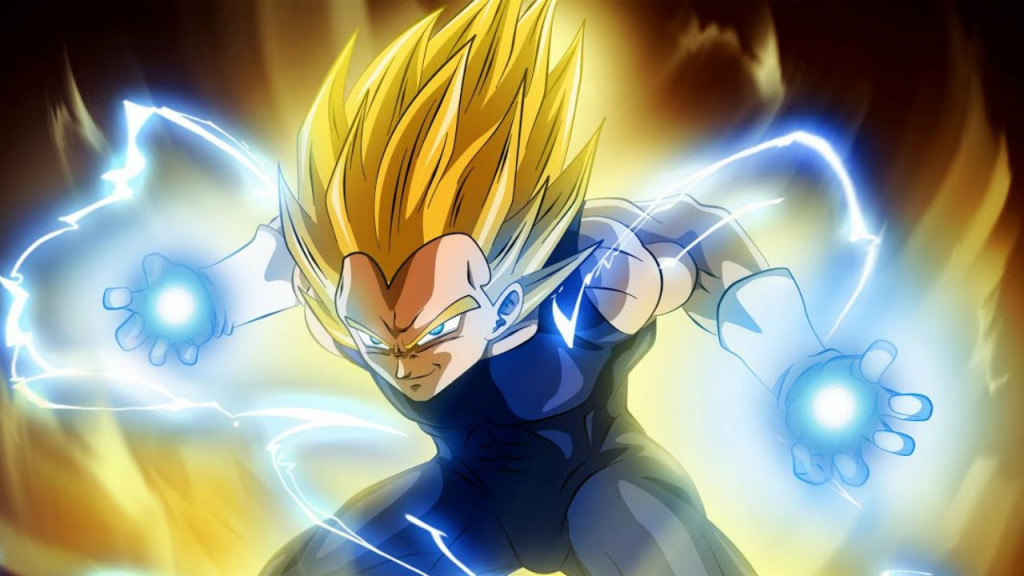
Originally appearing in Japanese manga series ‘Dragon Ball’ created by Akira Toriyama, the fictional character Vegeta received worldwide fame through its presence in the widely viewed television animated series ‘Dragon Ball Z’. A member of the extraterrestrial race of warriors known as the Saiyans, Vegeta is extremely vain and proud about his heritage and status as the Prince of the Saiyans throughout the series. During the course of the show, Vegeta’s role changes from villain to anti-hero and later on as one of the heroes, while simultaneously maintaining his rivalry with the series’ protagonist and fellow Saiyan, Goku.
16. Dr. Heinz Doofenshmirtz – Phineas and Ferb (2007 – 2015)
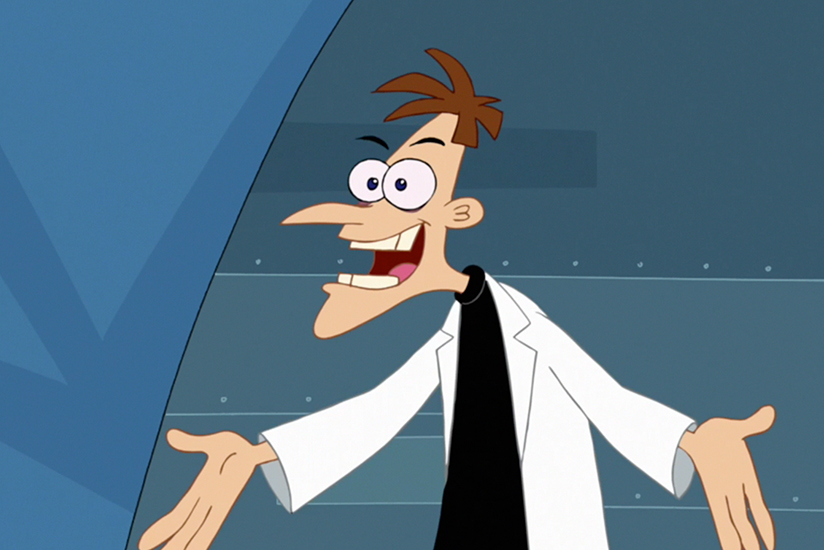
Described as an incompetent and forgetful evil scientist intent on conquering the “entire tri-state area”, Dr. Heinz Doofenshmirtz comes from the fictional European country ‘Drusselstein’. He is portrayed as a bumbling, dimwitted, ‘evil genius’ whose nemesis in the series is Perry, The Platypus, a skilled anthropomorphic platypus secret agent who disguises himself as the mindless pet of the series’ titular characters — Phineas and Ferb. His backstory includes a mentally abusive childhood at the hands of his cold and apparently shallow parents, who always favored his brother Roger over him. Doofenshmirtz usually has long monologues and displays acts of ‘cartoonish’ physical violence.
15. Daffy Duck – Looney Tunes (1930 – 1969)
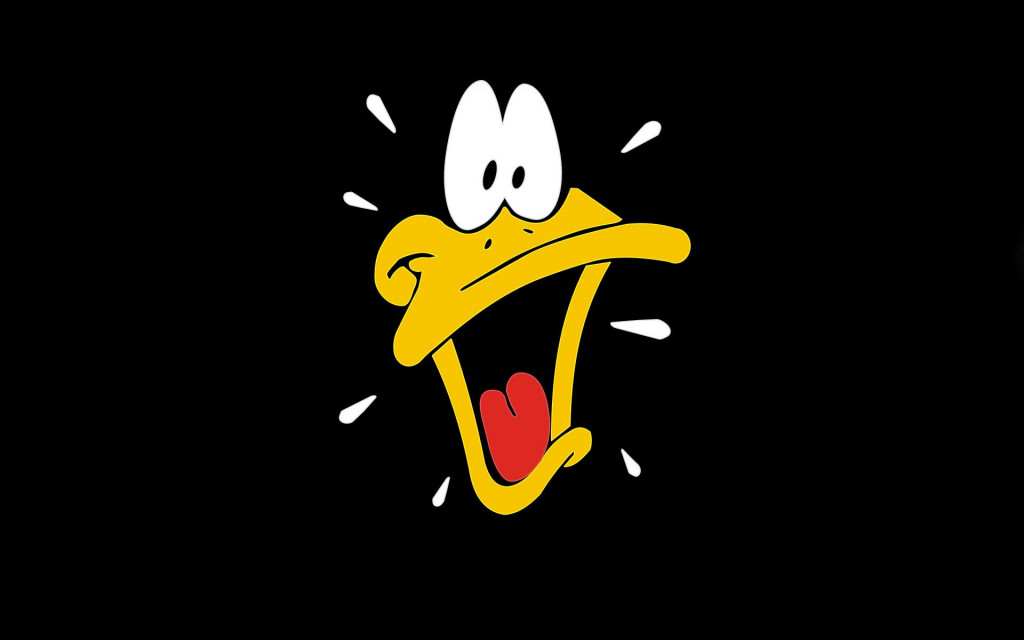
Produced by Warner Bos. and styled as an anthropomorphic black duck, Daffy Cornelius Duck is usually portrayed as a rival of Bugs Bunny. Daffy Duck emerged in the late 1930s as one of the first ‘screwball’ characters as opposed to the traditional ‘everyman’ characters that were more popular in the decade, such as Mickey Mouse and Popeye. Daffy was number 14 on TV Guide’s list of top 50 greatest cartoon characters.
14. Marvin The Martian – Looney Tunes (1930 – 1969)
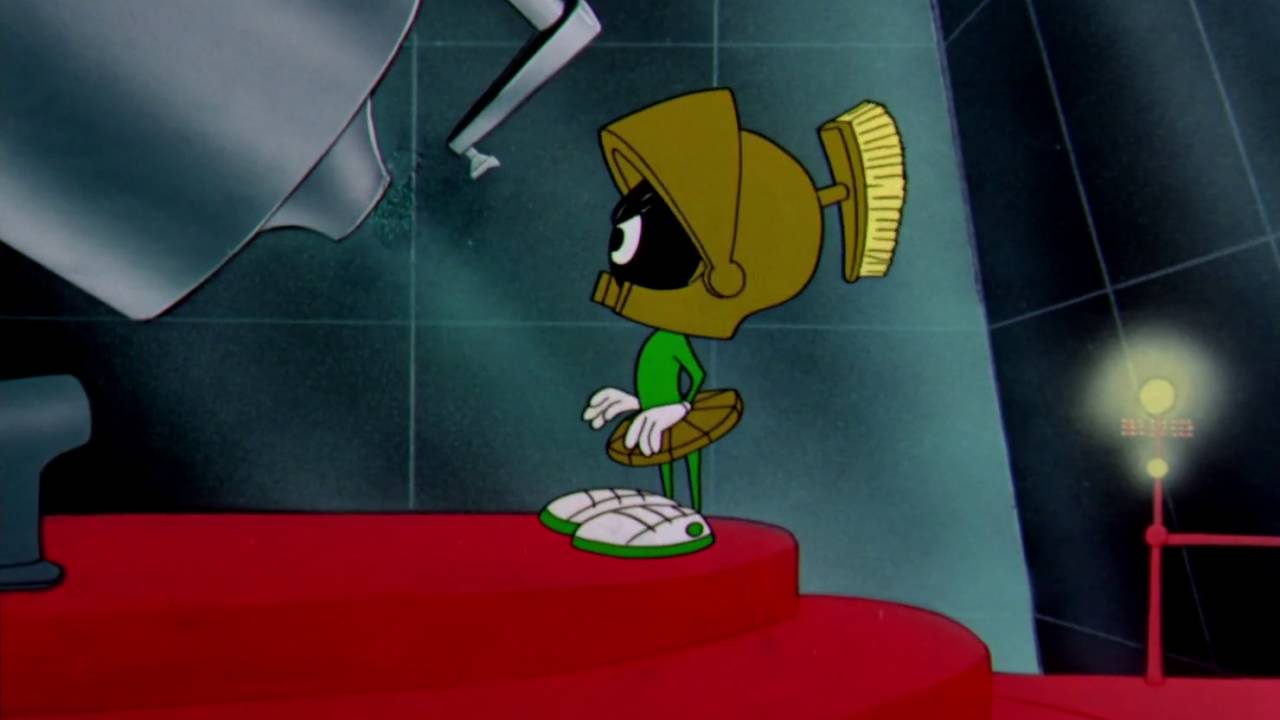
Apologies in advance for yet another inclusion of a ‘Looney Tunes’ character on this list; be warned there will be more. Created by the iconic Chuck Jones, Marvin the Martian, is the quietest and most intelligent of the ‘Looney Tunes’ villains. As evident from his name, this hilarious cartoon character is an inhabitant of the planet Mars, and is regularly accompanied by his dog, K-9. His outfit was inspired by a similar one worn by Mars, the Roman God of war.
13. Morticia Addams – The Addams Family (1973)
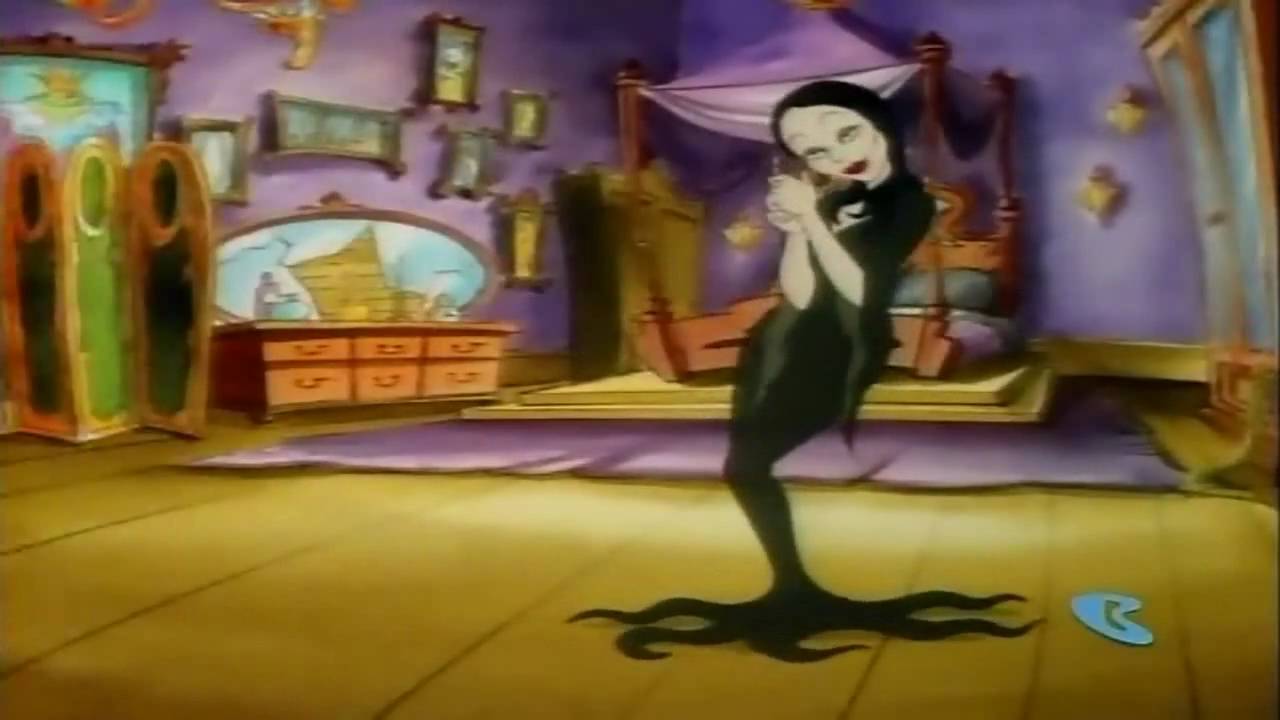
Morticia Addams makes a cheeky entry into the list as the lucky number 13. Created by cartoonist Charles Addams, she was based on his first wife Barbara. Her first recorded appearance is in Addams’ newspaper cartoons as the stern, aloof matriarch of the family. She is the wife of Gomez Addams and the mother of Wednesday, Pugsley and Pubert Addams. Morticia is often described as a witch; she is slim, with extremely pale skin and long flowing straight black pair and in a particular episode she is even seen wearing a black pointed hat. In 2009, she was included in ‘Yahoo!’s’ list of Top 10 moms from six decades of television.
12. Ash Ketchum – Pokemon (1997 – Present)
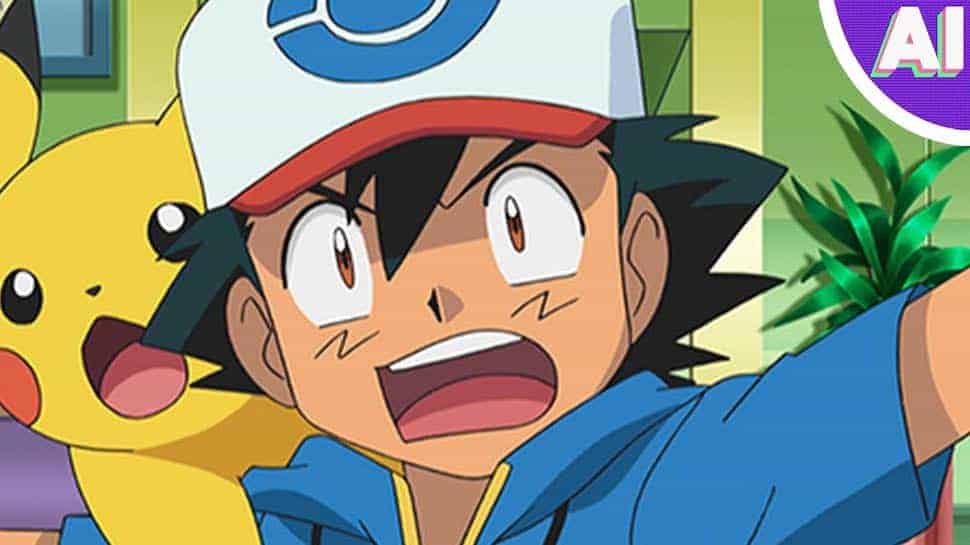
Known as Satoshi in Japan, the fictional character of Ash Ketchum is one of the most widely recognized cartoon/anime characters in television history. The main protagonist of the ‘Pokemon’ anime, Ash follows his dream to become a ‘Pokemon’ master. Shown as a determined, kind-hearted, caring individual, Ash is now considered a figurehead character of the wave of anime in 90s; a period credited by most of the genre fans to be instrumental in the popularity of animes in the West.
11. Scooby Doo – Scooby Doo (1969 – Present )
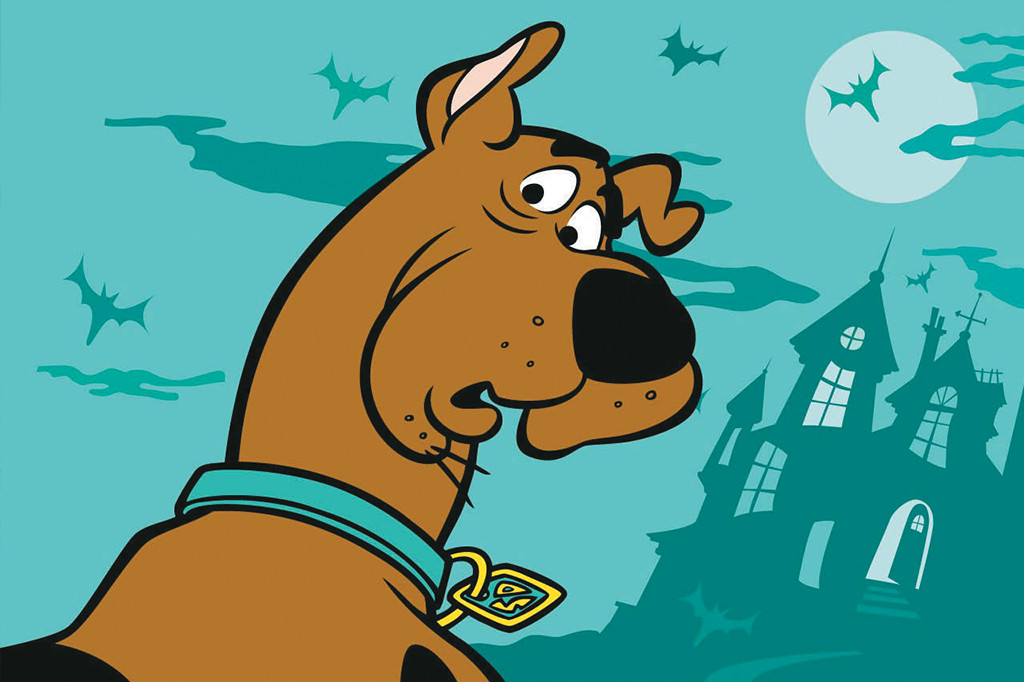
Portrayed as a cowardly Great Dane, the eponymous Scooby Doo is the pet and lifelong companion of Shaggy Rogers (also on this list). He is a unique, anthropomorphic dog who is able to speak in broken English, and usually puts the letter ‘R’ in front of the words spoken. His name was inspired from the syllables ‘doo-be-doo-be-doo’ in Frank Sinatra’s hit song “Strangers in the Night”.
10. Dexter – Dexter’s Laboratory (1996 – 2003)

Dexter, the titular character from ‘Dexter’s Laboratory’ is an extremely intelligent boy who has been creating fantastic inventions since he was a baby. His appearance is very short and has red hair and a pair of high power bifocal glasses. He considers Albert Einstein to be his greatest influence. Dexter speaks with a Russian accent like his creator Genndy Tartakovsky and is constantly irritated by his simple minded, hyperactive, elder sister Dee-Dee. Due to its immense popularity, Dexter’s character has left an indelible mark on the minds and memories of millions of children viewers globally.
9. Courage – Courage the Cowardly Dog (1999 – 2002)
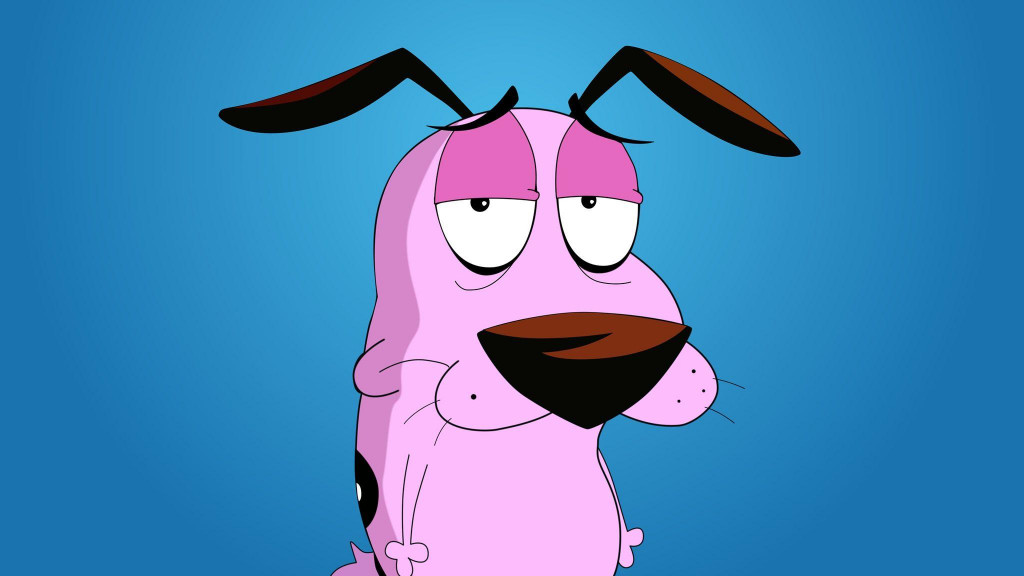
Courage is a timid, pink dog prone to bouts of paranoia, and crippling panic attacks. Created by John. R. Dilworth, the eponymous Courage was abandoned as a puppy after his parents were sent into an outer space by a crazed veterinarian and was subsequently rescued by Muriel Bagge. The word courage means showing bravery in a fearful situation, and our titular character does exactly that. Each episode puts the three main characters, Eustace, Muriel and Courage in a bizarre, often fearful situation, and it is up to Courage to save the day.
8. Rick Sanchez – Rick and Morty (2013 – Present)
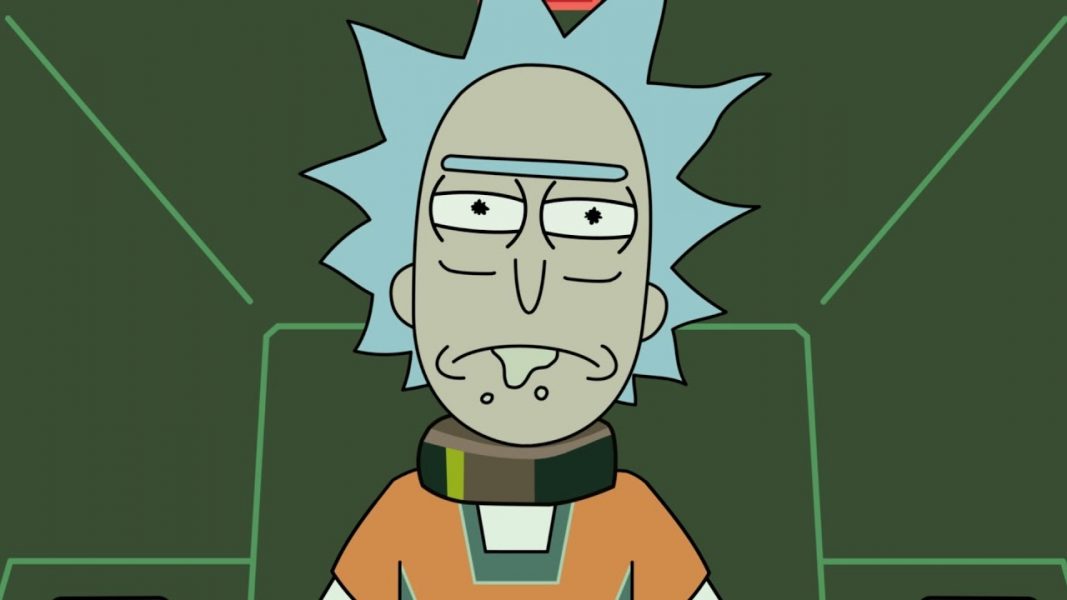
Portrayed as a sociopathic scientist, and chief protagonist of the sitcom, there is much more to the character of Rick Sanchez than what meets the eye. In the episode “Auto Erotic Assimilation”, we see Rick going through a painful heartbreak after rekindling with an old flame — to the point of contemplating suicide. Rick’s self centered nature thus becomes easier to empathize with after knowing the fact that he has seen a lot of pain in his lifetime. It is primarily due to this pain he has endured which leads him to reject all the love and support offered to him and maintain a strong, unfaltering exterior.
7. Mickey Mouse

The iconic Mickey Mouse finally makes an appearance on this list. Created and initially voiced by Walt Disney himself, Mickey is probably the most recognized cartoon character of all time. First appearing as Steamboat Willie in 1928, Mickey Mouse has gone on to feature in over 130 films and was nominated for a whopping ten times for the Academy Award. In 1978, Mickey became the first cartoon character to have a star on the Hollywood Walk of Fame. He generally appears alongside his girlfriend Minnie Mouse, his pet dog Pluto, his friends Donald Duck and Goofy and nemesis Pete, among others.
6. BoJack Horseman – BoJack Horseman (2014 – Present)
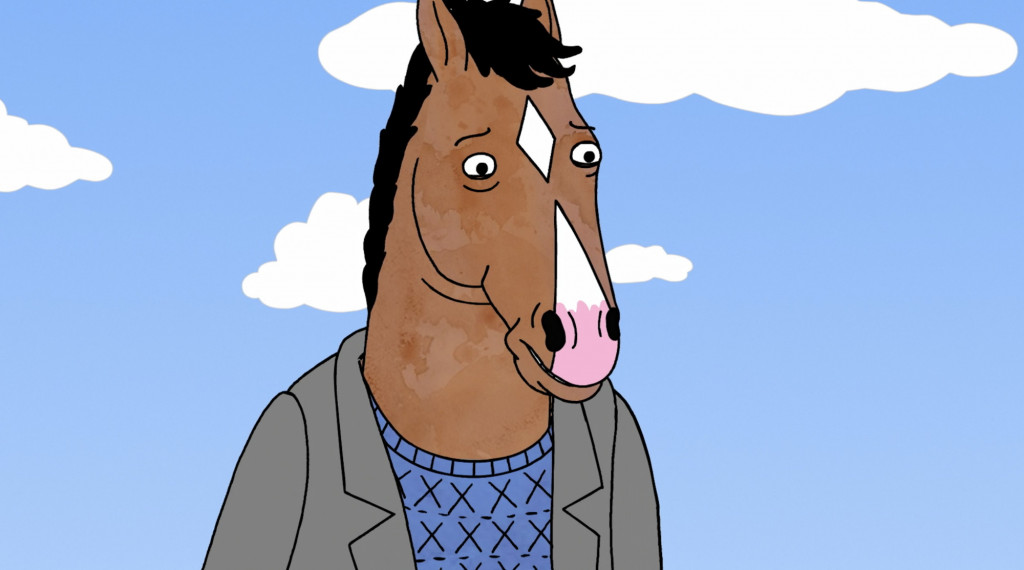
An erstwhile sitcom star of the 90s, BoJack plans his big return to celebrity relevance with a tell-all autobiography to be written by his ghostwriter Diane Nguyen. Exploring human conditions such as depression, trauma, addiction and self destructive behaviour, the TV series, through its titular character, emerges as a bleak but poignant take on contemporary American decadence characterized by the consumer culture of excess. BoJack, the anthropomorphic horse, has been shown to be caring and insightful, but his overwhelming depression clubbed with alcoholism leads to self destructive tendencies that devastate those around him.
5. Bugs Bunny – Looney Tunes (1930-1969)

The fifth and final entry from ‘Looney Tunes’ just had to be Bugs Bunny. Originally created in the late 1930s by ‘Leon Schlesinger Productions’, the character is best known for his starring roles in the animated series ‘Looney Tunes’ and ‘Merrie Melodies’. Bugs is characterized as being clever, self assured, nonchalant and is often seen outsmarting other ‘Looney Tunes’ characters such as Elmur Fudd, Daffy Duck, Marvin the Martian, and Yosemite Sam among others. According to the Guinness Book of World Records, Bugs has appeared in more films than any other cartoon character, and is the ninth most portrayed film personality in the world.
Read More: Best Tim Burton Characters
4. Eric Theodre Cartman – South Park (1997 – Present)
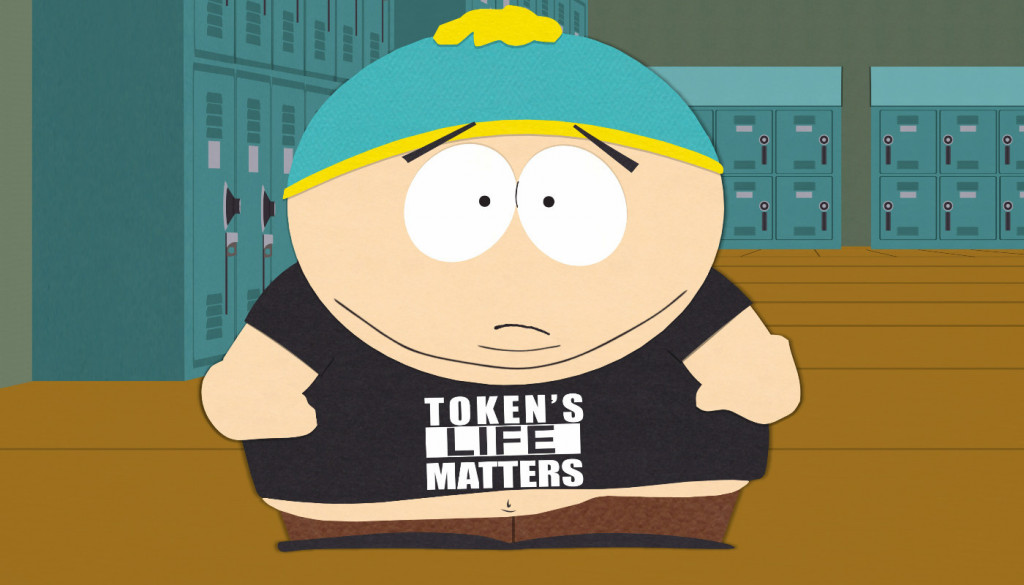
Cartman is one of the four central characters in the one of a kind adult television series ‘South Park’ created by Matt Stone and Trey Parker. An elementary school student in the fictional town of South Park in Colorado, Cartman routinely has extraordinary experiences atypical of a small town. Portrayed as aggressive, arrogant, narcissistic and prejudiced, creators Stone and Parker describe Cartman as “a little Archie Bunker”. In the later seasons these aforementioned traits are augmented as Cartman’s character evolves, exhibiting signs of extreme psychopathic, sociopathic and manipulative behaviour. Prominent publications and television channels have included Cartman on their lists as one of the most iconic television cartoon characters of all time.
Read More: Best Quentin Tarantino Characters
3. Him – The Powerpuff Girls (1998 – 2005)
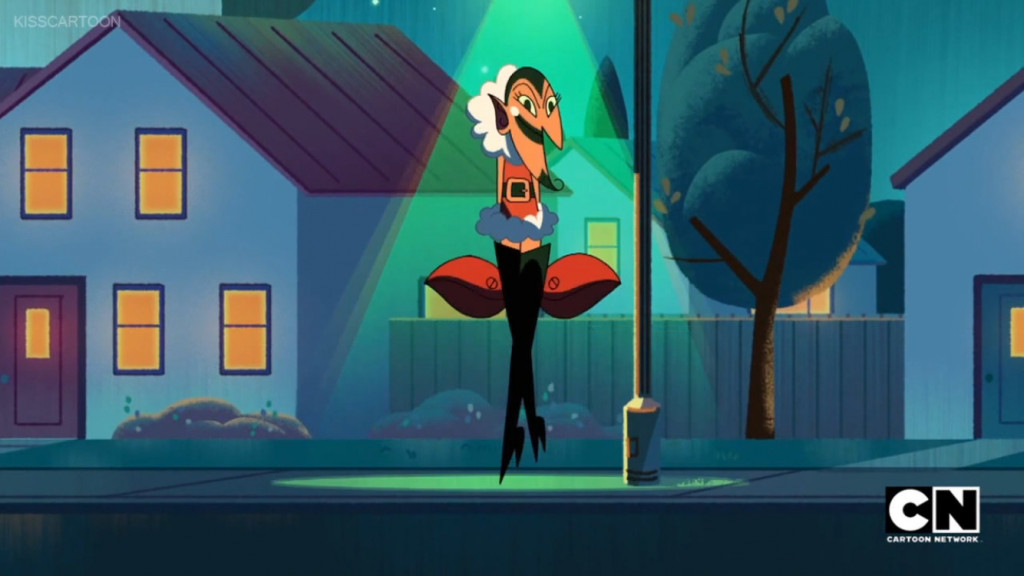
The most terrifying cartoon character from my childhood, Him is a mysterious, all powerful, red skinned, transvestite devil like creature with lobster like claws, yellow green eyes with three long eyelashes, a curled beard and a hooked nose. Creating indelible marks of horror in the children viewers’ psyche which would put Hannibal Lecter to shame, Him is the single most terrifying villain in cartoon history, in my opinion. In the ‘Powerpuff Girls’ series, he is portrayed as a character so evil that his real name cannot be mentioned. This character found renewed relevance in the meme-culture that sprouted all over the internet post 2010.
2. Homer Simpson – The Simpsons (1989 – Present)
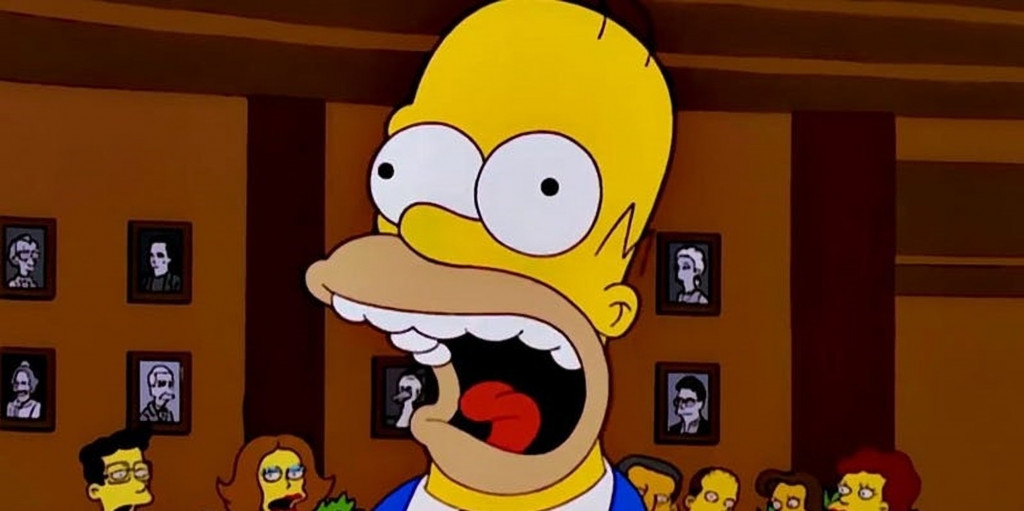
One of the main protagonists of the long running celebrated American sitcom ‘The Simpsons’, Homer Jay Simpson is the patriarch of the eponymous family, working as a safety inspector at the Springfield Nuclear Power Plant. Homer embodies several American working class stereotypes such as obesity, incompetence, and laziness. However, he tries really hard to be a decent man and is fiercely devoted to his family. Homer is one of the most influential characters in the history of television and is considered to be an American cultural icon. The Sunday Times dubbed Homer Simpson as ”the greatest comic creation of modern time”.
Read More: Best Masked Movie Characters
1. Thomas ”Tom” Cat – Tom and Jerry (1940 – 1967)
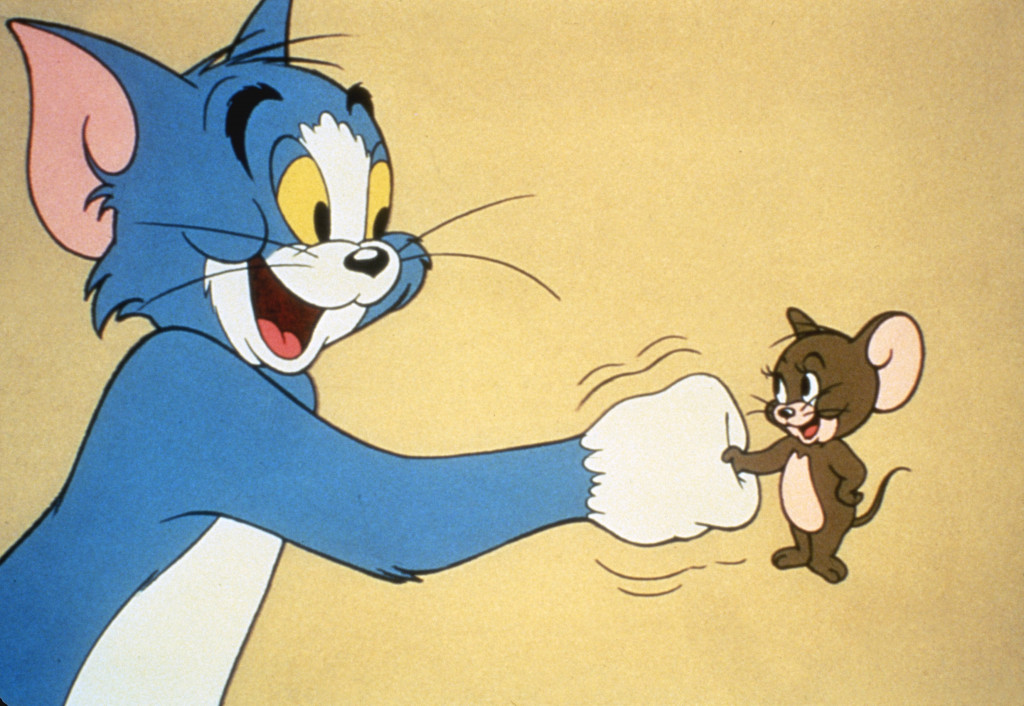
Who else more deserving to top the list but our good ol’ Tom? Created by the legendary duo of Hanna-Barbera, Tom is one of the titular characters (the other one being Jerry, of course) oinMetro-Goldwyn Mayer’s series, ‘Tom and Jerry’. There is no Batman without Joker, no Clarice without Hannibal, and no Jerry without Tom. Playing the ultimate and original cartoon ‘antihero’, the anthropomorphic Tom is the single most iconic representation of cats in animation. The adventures of ‘Tom and Jerry’ are more famous than those of Huckleberry Finn and Tom Sawyer, and still remains a cartoon presentation for the ages. Episodes of the same are available in their entirety, free of cost, on YouTube. Do tune in for a quick laugh!
Read More: Best Movie Characters of All Time


You must be logged in to post a comment.